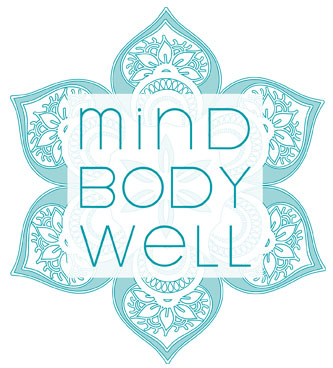What are ‘food rules?’
‘Food rules’ are a set of guidelines which we have absorbed from a variety of sources – including diet culture, families and communities, and social media. These rules can dictate the foods we eat, the feelings that emerge when we think about certain foods, and how we end up feeling about ourselves and our body, sometimes for even just thinking about food. Food rules can get in the way of us obtaining essential nutrients and adequately nourishing our body.
These food rules can appear as negative or critical internal self-talk, external voices or the opinions of others - or both. In short, food rules can have a big negative impact on our lives.
Here are some examples of food rules:
“I can’t eat more than others are eating”
“I shouldn’t eat processed foods”
“I shouldn’t eat cake as it’s bad for me”
“I only eat ‘healthy’ fats”
“You have to eat everything on your plate”
“You can’t eat anything sweet before dinner”
Why food rules can be harmful
We may follow food rules because we believe they are the key to a ‘healthy’ lifestyle, a particular body type or shape, or because of the messages we hear from people on the social media who promote ‘wellness.’ These rules can be very harmful as they don’t consider individual differences, evolving circumstances in our lives, personal preferences, or access to particular foods, and they are based on over-simplified nutritional ‘advice’, rather than evidence-based research.
Food rules can lead to:
Associating certain food with ‘being bad’, and feeling guilty when we ‘break the rules’
Not listening to body cues regarding hunger or fullness due to preoccupation with certain foods that may be perceived as ‘not acceptable’
Being consumed by thoughts of food that are ‘against the rules’ and planning your meal times/day around them
Avoiding and feeling self-conscious sharing meals or eating out with friends and family
Nutritional deficiencies from inadequate intake
How can you address food rules?
Note your automatic thoughts and feelings when you are presented with or think about certain foods. Look out for words such as ‘must’, ‘never’, ‘always’, ‘bad’, ‘should’ or ‘shouldn’t’. It can be helpful to write these thoughts down to build awareness of your automatic assumptions and reactions.
Gently challenge one rule at a time. This could include writing down alternatives to the rules, and/or setting a mini-experiment such as eating a piece of chocolate before dinner, or if you only eat wholegrain bread, trying a slice of white bread instead. The idea is to broaden your relationship and emotional attitude towards different foods. This might be a process, and small repeated steps can be helpful.
Be gentle with yourself if uncomfortable feelings arise. You may experience a range of feelings when trying different foods, such as anxiety, guilt, or even shame. It is important to remember that our feelings aren’t always a reliable indicator that we’re doing something wrong. In this case, it could rather be a sign that you’re doing something different and breaking a pattern, going outside your comfort zone in order to change. As you practice these challenges and are gentle with yourself, your relationship with particular foods may start to shift and change, gradually allowing you to develop more flexibility and freedom with food.
Keep up, or start self-care practices to support you while you’re making change. This can include reaching out for professional support, speaking to understanding friends and family, or engaging in activities you enjoy.
See a nutrition professional to get personalised recommendations. An Accredited Practising Dietitian is academically trained in nutritional science, and can help you understand your bodies nutritional needs, and can also help you understand and challenge your food rules, assisting you to develop more flexibility and freedom with food.
Our food choices can be influenced by a variety of internal messaging and external sources which are important to identify and understand, in order to develop more flexibility and freedom with food. We can start by evaluating our thoughts, feelings, and relationship to particular foods; and challenge ourselves to expand our range, be open to different foods, and listen to our body cues with the scaffolding support of health professionals, helpful social networks, and self-care practices. Even if those ‘rules’ pop up in our minds, we can train ourselves to move in a new direction with gentleness and compassion.

